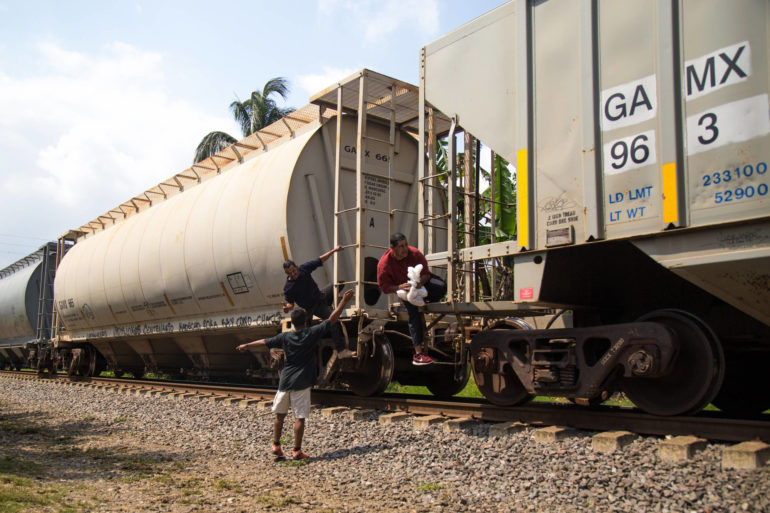Last Updated on 02/07/2019 by Mark Beckenbach
All images by Tomas Ayuso. Used with permission.
Travelers come from all over the world to visit Honduras. From the beautiful island of Utila to the picturesque town of Copan, it’s labelled a paradise to those who stop by. But for the many living there, the narrative couldn’t be more different. Government corruption and painful inequality mean that life for a local is tough. Issues with violence and access to basic needs are also making it an impossible place to live. That’s why many, including the country’s youth, are fleeing in hope for something better.
Tomas Ayuso is a Honduran photojournalist who has been documenting the crisis by spending time with those who have decided to leave. The story has taken him to the US/Mexican border, given him access to makeshift homes often housing large groups of people, and allowed him to create some meaningful work. We spoke to Tomas to learn more about how troublesome circumstances are tearing his home nation apart.
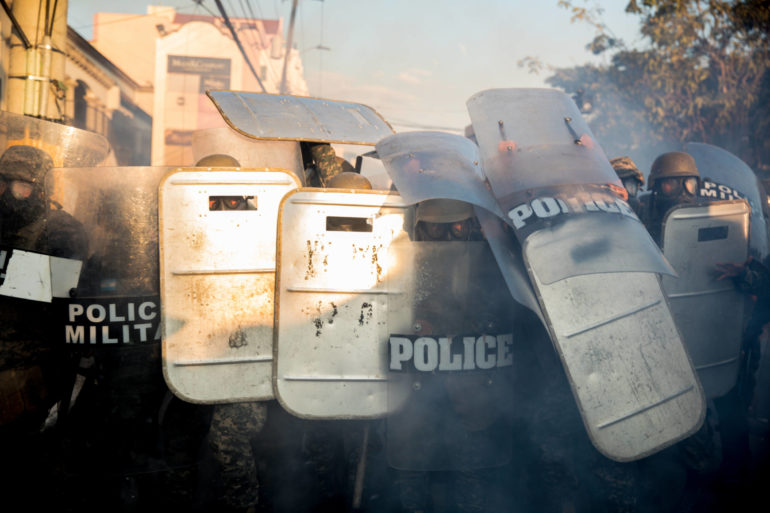
Phoblographer: You have to work in extremely heated environments, covering deeply emotional topics; why did you decide to become a photojournalist?
TA: I was in academia at first and then in 2015 I got into writing, and later photography. I transitioned into journalism as I didn’t particularly like the kind of reportage that was coming out of Latin America. A lot of it focused on exoticization of contemporary issues and quite frankly the stories were told and shot through a rather dehumanizing lens. Of course, the region has a long litany of self-inflicted troubles and many that come from abroad, but ultimately it’s people who are suffering through them. It was disheartening to see the coverage of Honduras in particular which is a smaller country being a victim of this. I wanted to help correct the surplus of unexamined narratives for something that was closer to the region’s truth.
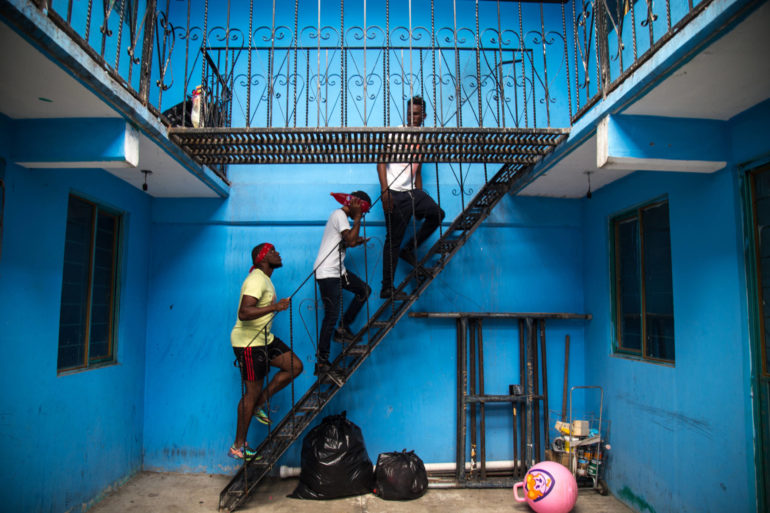
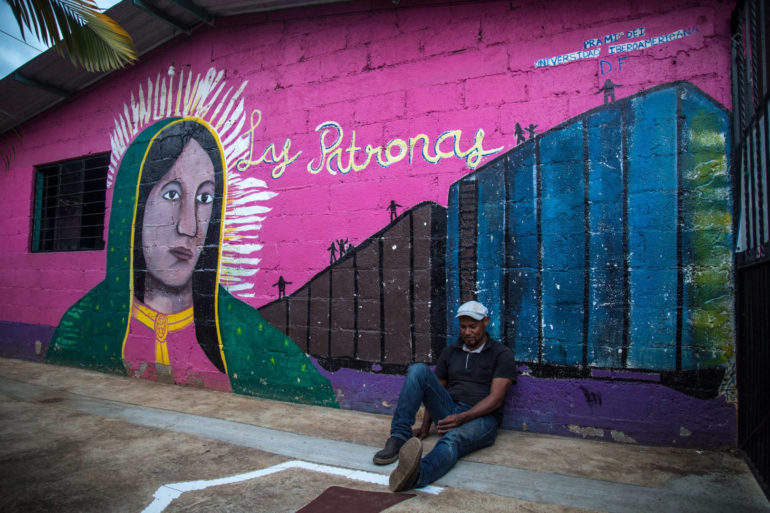
Phoblographer: As a Honduran yourself, please tell us more about the issues people are facing back home. What’s causing them to flee to the US/Mexico border?
TA: Back in Honduras you have a bit of synchronization of crises happening. There is one of the highest rates of inequality in the world, a ruling regime known better for corruption and brazen anti-institutionalism that has set itself up as the central arbiter of power extracting wealth from the country backed by security forces loyal to them and them only. While on the neighborhood level, families struggle to put food on the table or even find work in parts of the country where the law is derived not from the state but by local gangs who have set up parallel governance by enforcing norms and extracting their own tax they call ‘war tax.’ All that’s happening as Honduras lies right in the middle of northbound routes of cocaine trafficking that run through Latin America towards the United States; the country that simultaneously holds exceptional leverage over the floundering country. It’s a perfect storm and people know they have no recourse in Honduras, so they look abroad with hope.
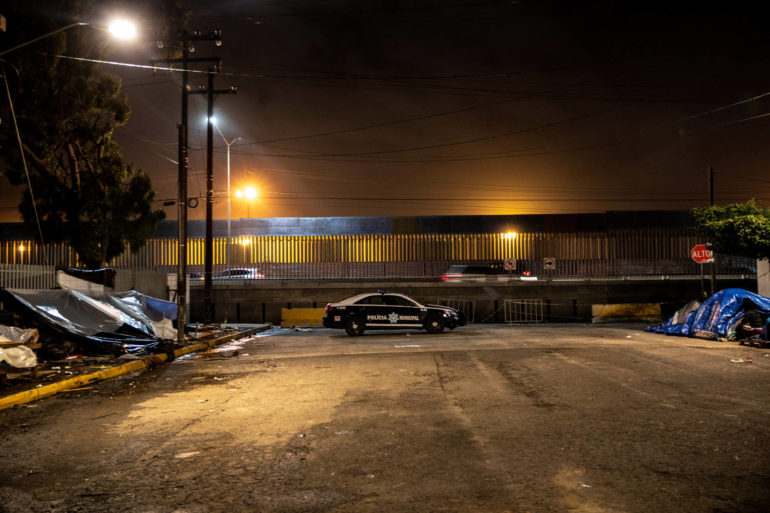
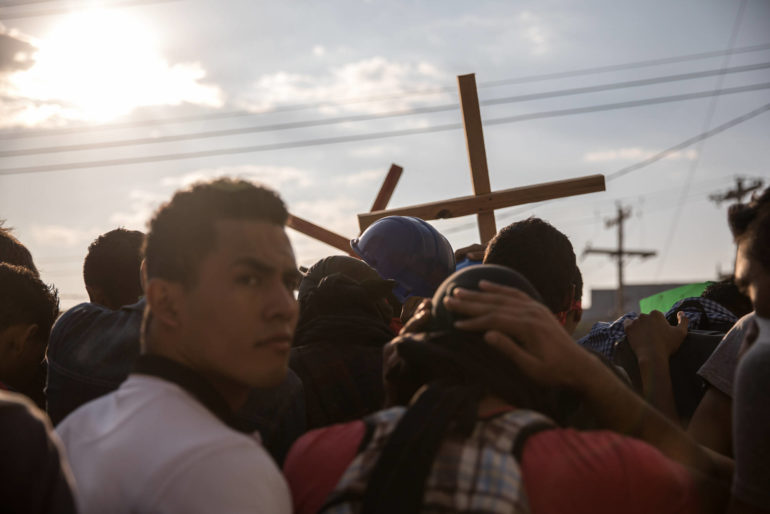
Phoblographer: You’ve met and photographed a lot of people through this series. Is there an emotional story that really stuck with you?
TA: I remember the story of a 15 year old boy who had torn up his feet walking for days. His group had been ambushed somewhere before we met in Central Mexico. They had separated and now he was alone. He was already traumatized by things he saw in his neighborhood back in Honduras, but now he was alone in the shadowlands of a country were migrants like him often wound up disappeared. He opened up to me and told me his story. His biggest fear was that he’d never get to see his mother again and that she would never hear back from him. We found a way to get a call out and he cried the whole time, with his feet ripped up in his sandals. He decided he’d turn back home by giving himself up to Mexican authorities. Witnessing the indignity of the inhumane amount of pressure exerted on that boy haunts me still.
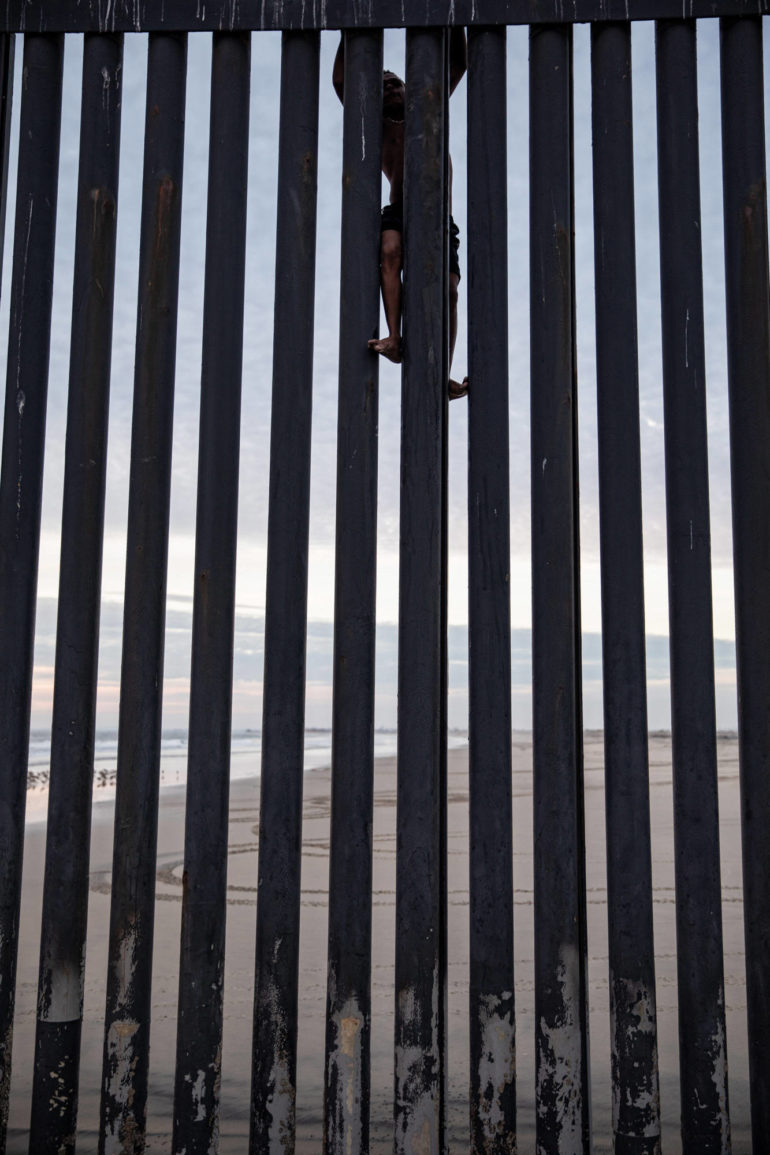
Phoblographer: Much of the work focuses on the younger generation. You reference ‘new’ and ‘old’ families. Can you tell us more about this…
TA: The focus on youth is deliberate as they were born to a society that self-cannibalized their generation. And they know this. Bearing witness and documenting how they deal with this process is really the driving force behind ‘The Right to Grow Old.’ How do young folk facing death and dispossession, robbed of a future, find one? One of the answers I’ve found is that there is a lot of people choosing their family to survive, which can be seen as new families, and have also seen absolute feats of superhuman sacrifice to preserve the unity of the families they were born into.
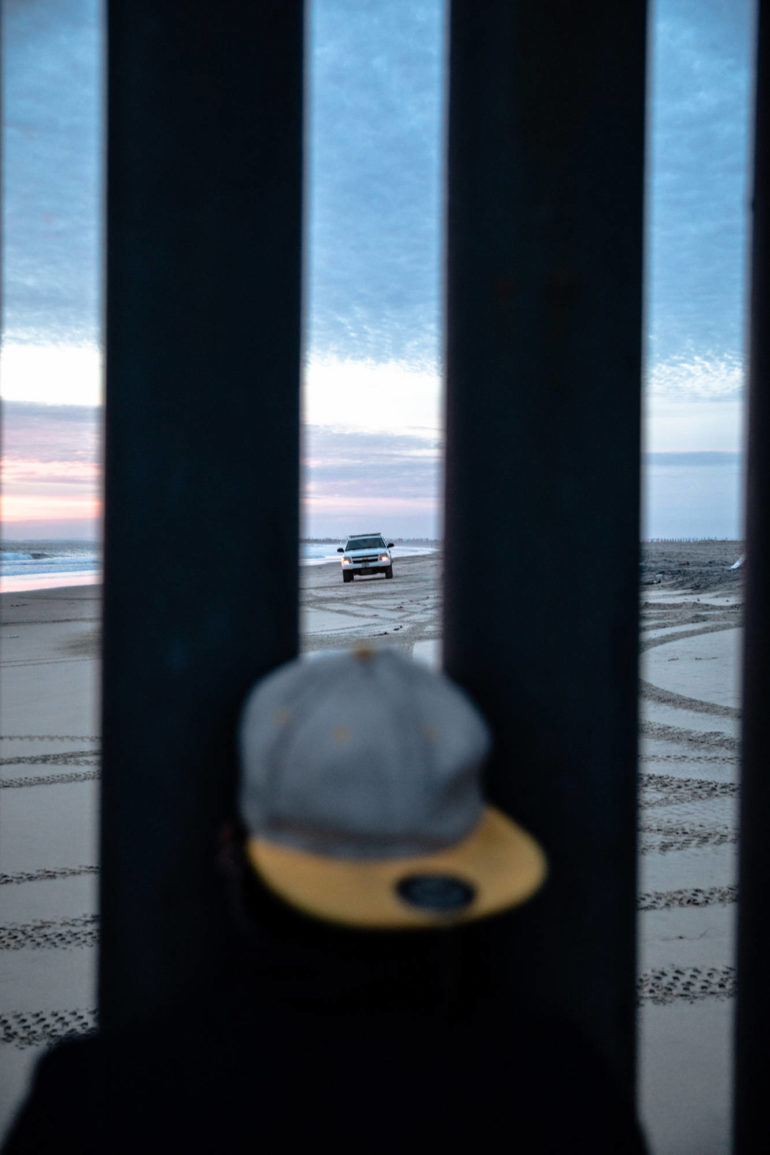
Phoblographer: In some areas of society, migrants are often stripped of their humanity. How do you approach your photography to ensure empathy is restored into the people who view the series?
TA: I talk to them as the people that they are. I never hide who I am or what my purpose in joining them is, but I don’t just go in camera blazing if you will. I spend time with people who have been displaced, be it a spectacular newsy event or a silent migration phenomenon, and hear them out. In doing this not only do I understand their specific circumstances better (and thus work a better photograph), but I can also imbue the pictures I take with the natural empathy I have towards them coming from a migrant family myself.
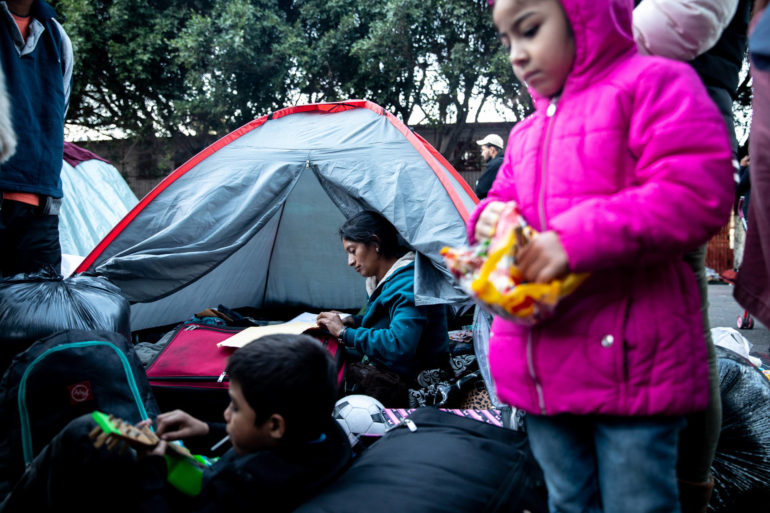
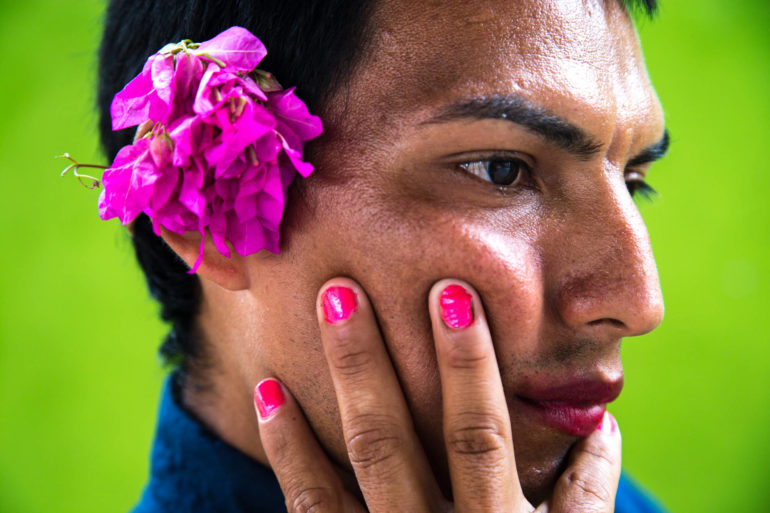
Phoblographer: How do you approach gaining access to some of the makeshift homes the young people are staying in?
TA: I speak to people without hiding who I am. I tell them my purpose and if it’s safe for them and for me, we go on ahead. Really, I suppose it’s about trust and communication. Sometimes it works, sometimes it doesn’t, sometimes it doesn’t work for the overall vision and sometimes it isn’t necessary. As long as the people are comfortable and the frame tells a story, it can be their homes or wherever they may be.
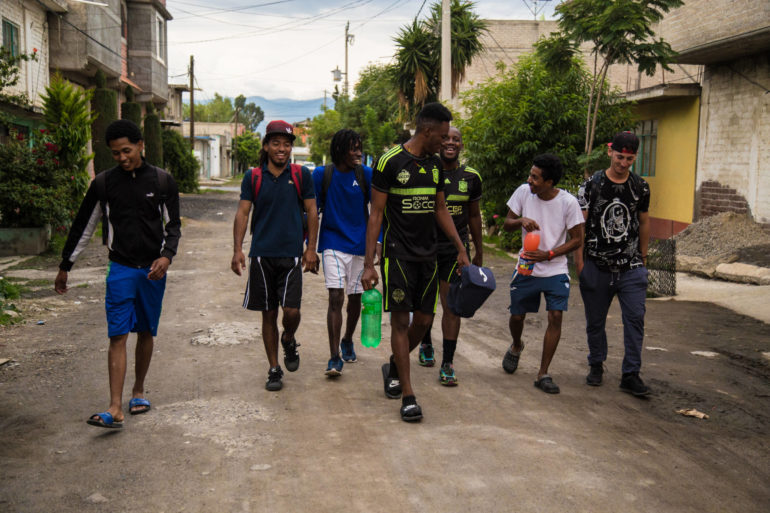
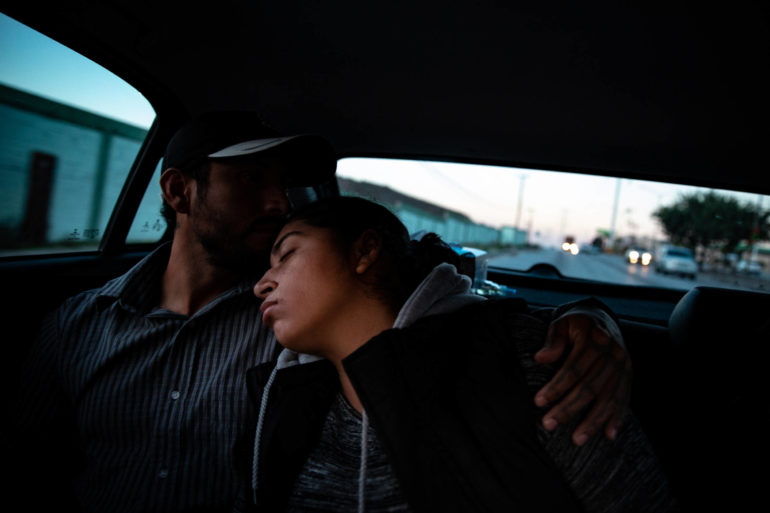
Phoblographer: How important is it for a photojournalist to gain the trust of the people when documenting their struggle?
TA: For the type of photography that I do it’s indispensable. Without it, there is no story the way I tell it. And it bears mentioning that while, yes, they are in a struggle, it’s important to capture those moments of levity in which people who have been displaced from their homes, most often against their will, have the ability to also find love, joy, humor, and hope. Those moments, not only those of difficult times (although they are very important indeed), bear importance in being documented. Not least of which is impossible to do without established trust.

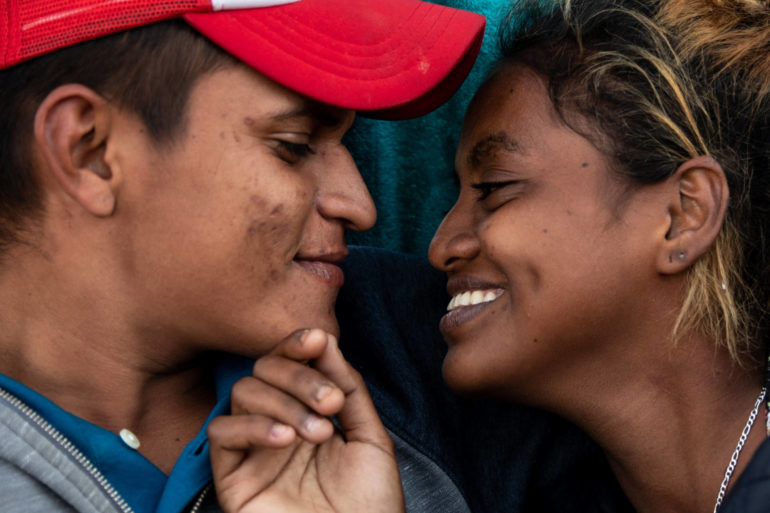
Phoblographer: We often read about America’s struggle to accept Mexican migrants. From your time spent photographing the migration, how do you feel Mexicans welcome Honduran migrants?
TA: Mexicans have been very charitable and welcoming of migrants. It varies from state to state, and city to city of course, but in my experience as a Honduran who can’t hide he’s Honduran I find that Hondurans have been treated well. One of the sections in the Right to Grow Old, tells the story of a group of young men who founded a home together in Mexico City as footballers in a rather troubled neighborhood. I was told that it would be dangerous and I’d be at risk and so on. But when I got there, I saw the Honduran boys and how beloved they were by the locals in this allegedly rough Mexican neighborhood.
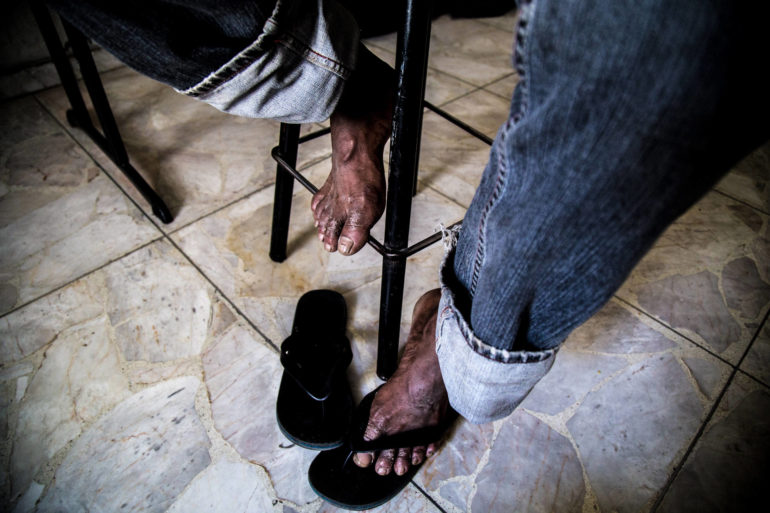
Phoblographer: What has been your biggest challenge throughout documenting this series?
TA: At one point it was diffusion of the work which troubled me the most; especially since it was such a massive phenomenon unfolding and it felt no one was seeing what I was seeing as Honduras came undone. But now, thankfully, I have been able to tell these stories to a broader audience. Something I can keep doing.
Through it all, though, ever since 2015 the emotional toll has at times been heavy. Seeing how anyone, let alone your people, go through what they go through stays with you. Particularly when there is so little one can do to impact directly. While there have been risks and long nights for myself, it has been more difficult to accept what some Hondurans go through to preserve their right to stay alive. There has been some respite as some stories have to lead to people coming to help folks in need and that brings great comfort to the soul.
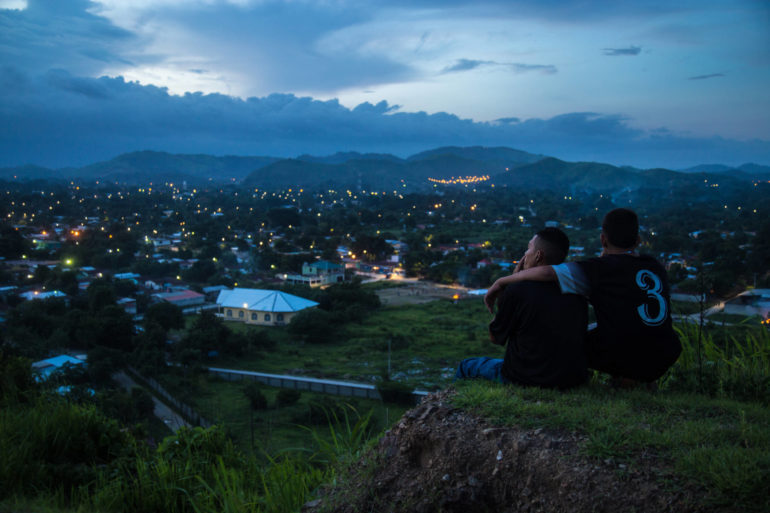
We would like to thank Tomas for giving us such a detailed insight into his work and the troubles his people are facing. To keep up to date with his work and to view other projects, be sure to visit his website.



